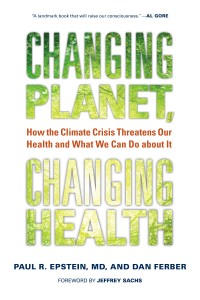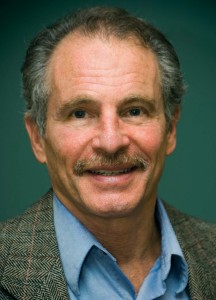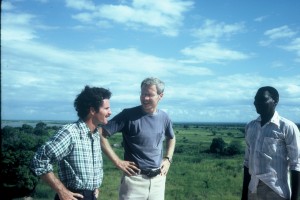Guest commentary from Dirk Notz, MPI Hamburg
“Well, it’s not really good timing to write about global warming when the summer feels cold and rainy”, a journalist told me last week. Hence, at least here in Germany, there hasn’t been much reporting about the recent evolution of Arctic sea ice – despite the fact that Arctic sea ice extent in July, for example, was the lowest ever recorded for that month throughout the entire satellite record. Sea-ice extent in August was also extremely low, second only to August 2007 (Fig. 1). Whether or not we’re in for a new September record, the next weeks will show.

Figure 1: Evolution of Arctic sea-ice extent in July and August from 1979 until 2011. (NSIDC)
[Read more…] about The unnoticed melt





